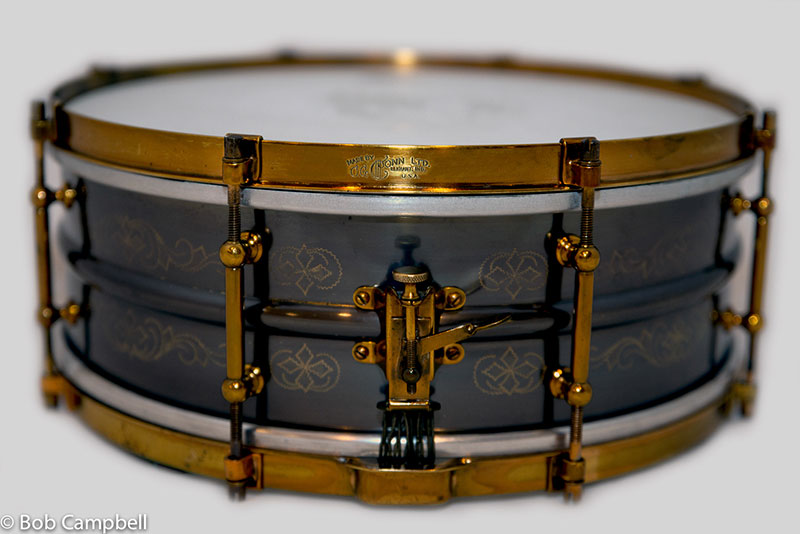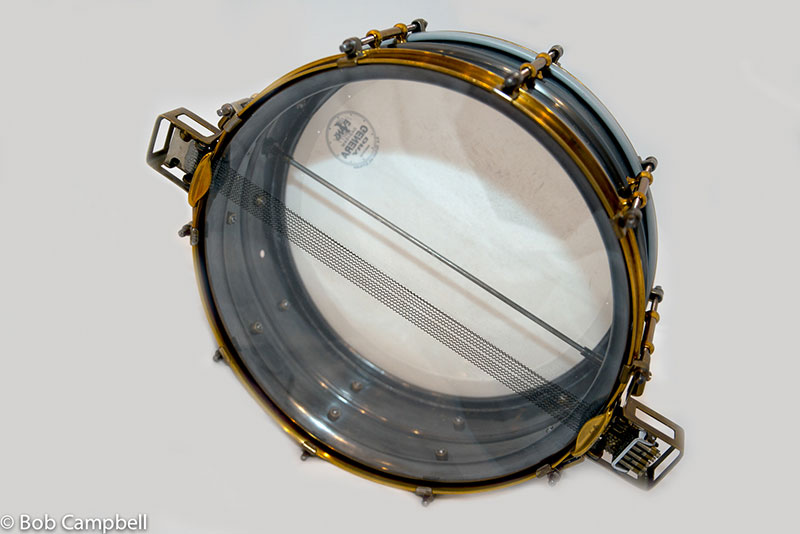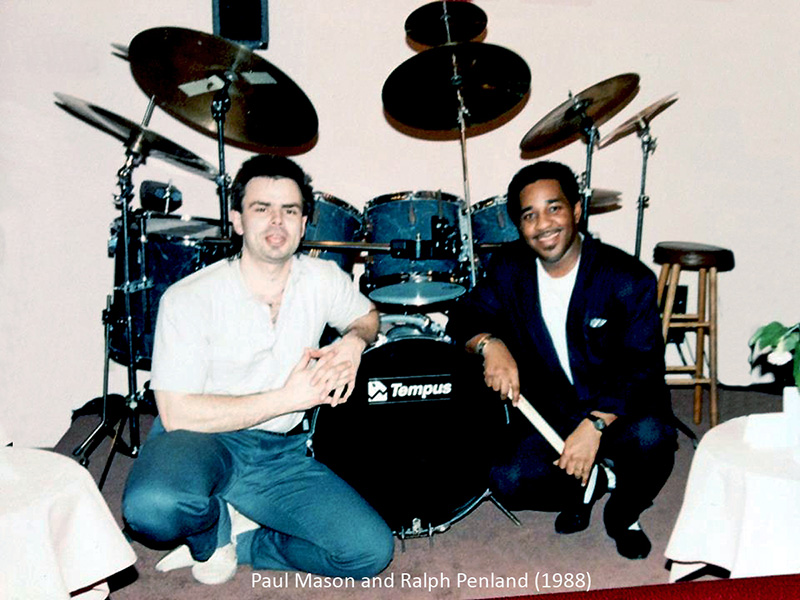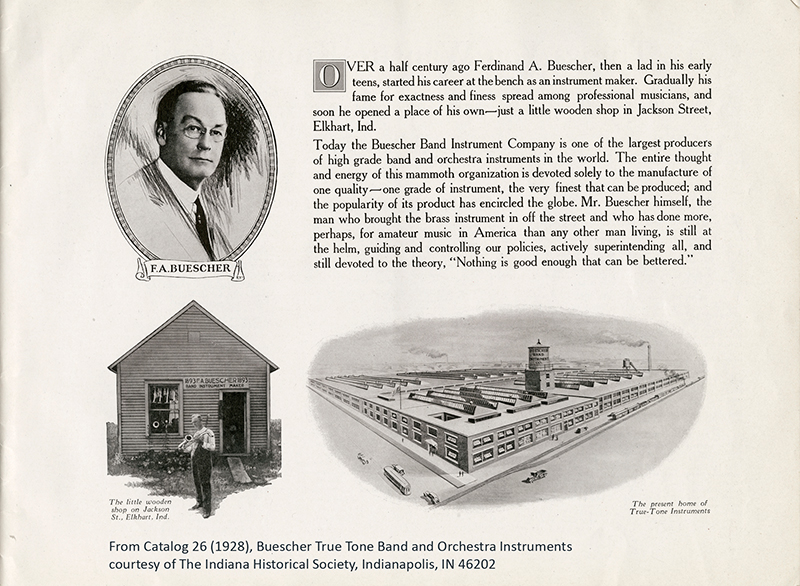An Interview with Ralph Penland, drummer extraordinaire (2002)
Ralph, could you tell me a little bit about your musical background?
I went to Boston after graduating. I wound up in a program teaching at the New England Conservatory, in the early 1970’s. They had a special program where they were opening up music to the community, to the inner city students, and I was on the faculty and was teaching. Also, in Boston I had the pleasure of hanging out with a lot of great musicians that were up there. I never studied formally with Alan Dawson, but we did kind of hang out. In my second year at Boston, I had the pleasure of sitting in with Freddy Hubbard. That actually starting my playing with him. From the age of 19, I was on the road playing with Freddy Hubbard. We started working almost immediately. I started playing and recording. We did a record on the CTI label called “Keep Your Soul Together” (1973). There was another one on Columbia called “High Energy” (1974). It was kind of off to the races. Things kind of came along quickly for me. So it was awesome; I was very honored and fortunate.
So of all of the work you’ve done over the years, what are you most proud of?
That’s kind of hard because I did a lot of things. In addition to joining very early with Freddy Hubbard, I can mention a few names. I had the pleasure of working with Amad Jamal, Charles Lloyd, Nancy Wilson, Stan Getz, Toots Thielemans, Sara Vaughan, and Ron Carter. I played with Herbie Hancock, Pharoah Sanders, Joshua Redmond, Wynton and Bradford Marsalis, Harry Connick, Jr., Wallace Roney. I’ve done commercial music. I worked with the Supremes briefly, Marvin Gaye. It covers the board. Steve Vai, Brian Auger, Robben Ford, George Benson and Frank Sinatra, Carlos Santana. I’ve played blues with Etta James. I did her last two albums. Music soundtracks, a couple of comedies…’Throw Mama From the Train’, ‘When Harry Met Sally’, a documentary of Chet Baker, Sean Connery’s ‘The Russia House’, ‘Midnight in the Garden of Good and Evil’…I did that. So there’s a lot of music I’ve had the pleasure of touching on that’s helped me, helped my life and my career to be versatile. That’s very important to be versatile in music…oh, and I have my own record out. I started my own record label called Polygon Records. My record is entitled “To Journey a Dream”. There’s many all-stars on this record. I’ve been working on my own music for the last 20 years and each time I had songs I would go into the studio and record them. On the record, there’s some great musicians…some names you know and some names you may not know. My current band… my trumpet player is Charles Moore, bassist Tony Dumas, young saxophone player named Gerald Pinter, a keyboard player named Greg Kurstin, which is the current band. They are on the record as well as Patrice Rushen, pianist, saxophonist Carter Jefferson, the vocal sound of Minneapolis native, Roberta Davis. Also there was jazz harpist, Dorothy Ashby, pianist Victor Feldman is on this record as is vocalist Bobby McFerrin. I’ve got Steve Hall, another tenor player Wallace Roney. So it’s kind of a collage of the music that I had been writing and recording.
So as I am a snare drum collector, I hope you don’t mind if I ask you a couple question about snares you’ve used. Do you remember the first professional snare that you owned?
That would have been a Gretsch drum. Coming up in the jazz world and having all these guys as famous and mentors, having met them, like Elvin and Tony, they were all playing the Gretsch drums a the time. So my first professional drum set was a Gretsch set. Those Gretsch drums would have been on the Freddie Hubbard records, ‘Keep Your Soul Together’ on CTI and also ‘High Energy’ which was on Columbia. That’s my original Gretsch kit on those recordings. I still have it and record with it. It’s a custom-made 3 piece with a 16”X16” bass drum, and 8”x12”, 14”x14” toms, with a 5-1/2 x 14 chrome (over brass) snare. That snare had die-cast hoops and the wide 42 (strand) snare wires. I was always curious about that. Why some drummers had these wide snares…and I kind of became accustomed to that. Once you get into the sound and it gets into your head and you’re recording with it…that kind of became a basis for all the other snares that I’ve played and that I own.
Back in the day of Tony Williams when he was doing the Tony Williams Lifetime, he was playing Gretsch drums so he made the Gretsch sound applicable to any setting. When I met Charlie Watts, he told me he’s a great lover of jazz drums. I’ve got a picture with him, Billy Higgins, Elvin Jones, and myself. Charlie Watts, in his whole career with Mick Jagger, he had a Gretsch kit and was inspired by Max Roach and Tony Williams and those guys. He’s playing on a jazz kit basically tuned to what he plays with the Stones. I’m saying that because Tony Williams actually pioneered a lot of things as far as jazz-rock or fusion or whatever they’re calling it now.
Could you describe some of the other snares you’ve played and you’ve owned?
I own a set of Tempus drums that is made by a gentleman, Paul Mason in Canada. He custom made a snare drum which was very unique for me, and a whole set actually made out of fiberglass, but it’s not fiberglass the way the old Fibes drums were. The fiberglass that you could see through. He had a process of doing layers of this fiberglass material and he kind of layered them like layers of wood. Mine has a special finish on the outside of mine. It’s like a black-gray swirled. So it was a different way of doing something and I used those drums with Carlos Santana when I played with him, as well as with Frank Sinatra.
What size was the snare drum on that Tempus kit?
It was a 5” x 13” snare. I think it was standard with die-cast hoops. Die-cast does give a little more focused attack. Maybe a warmer attack; it could be brighter. To me, the die-cast can work in any setting.
And you picked that?
Yeah, I chose that. I was trying something different. I thought it was great. The snare drum had a nice sound to it. It was a nice solid sound, more compact than the 5” x 14”. It was a little tighter sound. So I was able to cut through and get some different colors. I kind of tuned it high. I used to love drummers like Stewart Copland from the Police. You’d get a nice kick to it, a nice sound. I still play it. I even had a mic put inside of the drum, the May EA system. I put in the snare drum and also in the bass drum. I had 2 bass drums, a 20” and a 22”.
How would you compare it to your Gretsch COB snare?
It had a brighter sound. Definitely a snap to it where you could definitely hear it. One of the drums I could play with more volume. With Carlos Santana, of course, it would cut through the music, and with Frank Sinatra where we were playing with a full 30-piece orchestra. Yes, it was very good live and I’ve definitely recorded with it. Good drum.
Are there any other snare drums you have or played that come to mind?
Yes, I’ve been recently playing several. Premier put out a high-end maple kit called the Signia. They have a die-cast hoop on the snare drums and I was really impressed by that drum (a maple 5 ½” X 14”). I’m almost exclusively playing that drum now. That kind of became my favorite drum. It really had a nice warm sound, very close to Gretsch, maybe a little more projection. All drum companies try to modernize. They put in a reinforcing ring in there. Some drums have it and some don’t, but it seems to give it an extra bounce. A little extra snap. Then with that, I decided to try the wide 42 strand snares on it. And it’s even closer to the Gretsch sound. So that’s kind of been my influence. And even on the 13” Tempus snare drum, I put some wide snares on it. Gave it even more of a “snarey” sound as well as the brilliantness of it. I have about 3 or 4 different snares, but the sounds are similar, but they’re also varied enough that they can stretch over into rock or R&B or something soft.
Didn’t they also make the Signia drum also with wood hoops?
Yeah, they had some with wood hoops, but not many. They were metal hoops and it was an unusual die-cast hoop on the top. It was a little heavier and, it really was very close to Gretsch drums. So that’s the reason I like it. I think it’s inspired by Gretsch.
Do you think the die-cast hoops make the drums easier to tune?
I think so. As a matter of fact on my Premier Signia kit, they had the die-cast only on the snare drum. Then I put die-cast on all of the tom-toms because again it sounded so close to Gretsch and I wanted to go that way even further. So I had die-cast put on the Premier Signia drums.
Do you bring all your snares when you’re not sure what you’re going to cut?
I usually bring 2 or 3 and I usually ask in advance what kind of music do you want me to play. If they tell me it’s all streety and jazz, then I’ll know what to take, or if it has rock guitars and pop. I’ll take the snares accordingly. Sometimes I may bring a jazz snare to a pop gig just to see if it will cut. I can play all of the drums on any of the sessions, but it it’s a rock session, I may use my 13” Tempus or maybe a little 12” Fever drum (which is wood and Formica). If it’s jazz I’ll use my Signia Premier snare.
So is the idea to be as versatile using the drums that you have or is it just whatever seems to sound good to you at the time?
A little of both. I’m definitely trying to be versatile. If I have a little jazz kit and then a giant Tempus rock and roll kit, 22” bass drum, 3 mounted toms, 3 giant floor toms, so it is the application of the music, but then sometimes, maybe the warmer drum will work in a rock setting.
It’s great that you are open to the different things that are out there.
Definitely. Plus, what the older guys all said to me, like Max and Blakey and Elvin, they say ‘if you’ve got a drum and know how to play it, and you know about the tuning and choosing the right heads and playing it properly, you can make any drum sound good’. So I kind of kept that in my mind.
Do you remember specifically any recent recording cuts, what snares you might have?
Well, in the last 2 Etta James records that I did, she was doing the music of Billy Holiday, some blues type songs. I probably had the Premier Signia snare drum with the die-cast hoop on it. That seems to me my general all around favorite drum that can work in any application. Her last 2 records Etta James on Private Music is the record label - I’m very proud of that. I also used that same snare on a Natalie Cole record. It was called ‘Stardust’ on Electra. Also when I did that music soundtrack with Clint Eastwood, ‘Midnight in the Garden of Good and Evil’, they did a whole jazz sound track so I remember the recording I did. Clint Eastwood loves jazz. KD Lang was on the session so I got to record with her.
Do you have any interest in vintage stuff, like an old Radio King or old Gretsch? Has that ever attracted you?
It has. I’m really good friends with trumpet player Wallace Roney, who is not only a great trumpet player, but he loves drums. He had a couple of drum sets that he got from Tony Williams and Tony got him into Gretsch drums. Wallace has a couple of vintage Round Badge Gretsch drums, so he would talk a lot about those and the vintage sound going back to the old 3-ply as opposed to 6-ply.
Is there anything else you’d like to say, perhaps what you think is the role of the snare drum in a drum kit? Why have more than one snare drum?
I think it’s very important to see that the snare drum is kind of the focal point that the drummer is dealing with. They way you’re sitting, you’re two legs are encompassing the snare drum. Everything is built around that. The way you set your snare, you’ve got your high hat on this side, the bass drum on that side, the cymbals around you. Both of your hands, your legs, everything is centered around the snare drum. So it could be the most important piece of the kit. It’s a good subject to have. We’ve touched on everything else, the drum sets, books on cymbals, so yes, the snare is very important. I highly recommend having a good snare and having a foundation.
I would say as far as snare drums, all the drums seem to be in a general category because everybody is trying to improve on the product. Just like carmakers. Everything is improved and everything is kind of generally great if you think about it. You can customize anything. You and customize a Ludwig snare or Yamaha snare. All of these little independent companies are branching out - they really seem to be into detail and sound, and checking out the hoops and the bearing edges. So I just basically love all types of snare drums. It just depends on the application.
Do you tune your drum to the song or to the drum? What makes the drum sound good?
I tune it to the drum. I have a general sound, some general pitches. I even have some general notes. I will tune my snare to a G. G has been a general tuning note for me. I build everything around that G. It seems to have worked. They’re all in these different musics and styles that I’ve had the pleasure of playing with. So some tune in keys. Tony Williams tuned his drums in pitches and I deal with pitches too.
I would encourage everyone to check out jazz drummers because in jazz music there seems to be a great flexibility and a lot of rhythms that you can play as opposed to if you’re playing a pop song. You’re kind of limited. So jazz drummers really open my head up to the world of rhythm. I encourage people to check out jazz drummers and their snare drums and what they’re doing. With all the work that I’ve done, playing with a lot of people, I’m personally trying to concentrate on my own group, my own sound, my own recording. My group is called the Penland Polygon. Polygon means a many sided figure or having various angles and in my music I’m trying to play jazz and R&B and fusion and incorporate all of that out of the jazz tradition. So I’m going to be concentrating on doing that, my record, my music as well as free-lancing and playing with as many people as I can.”
Thank you for taking the time to share your insights and experiences. I look forward to hearing more from the ‘Penland Polygon”!
My pleasure.
Ralph will be remembered as the talented man who loved being behind the drums - a man with a huge smile, warm heart, and a gentle touch; forever being one with the music, never over-shadowing. Rest in peace and know that your legacy lives on.





























